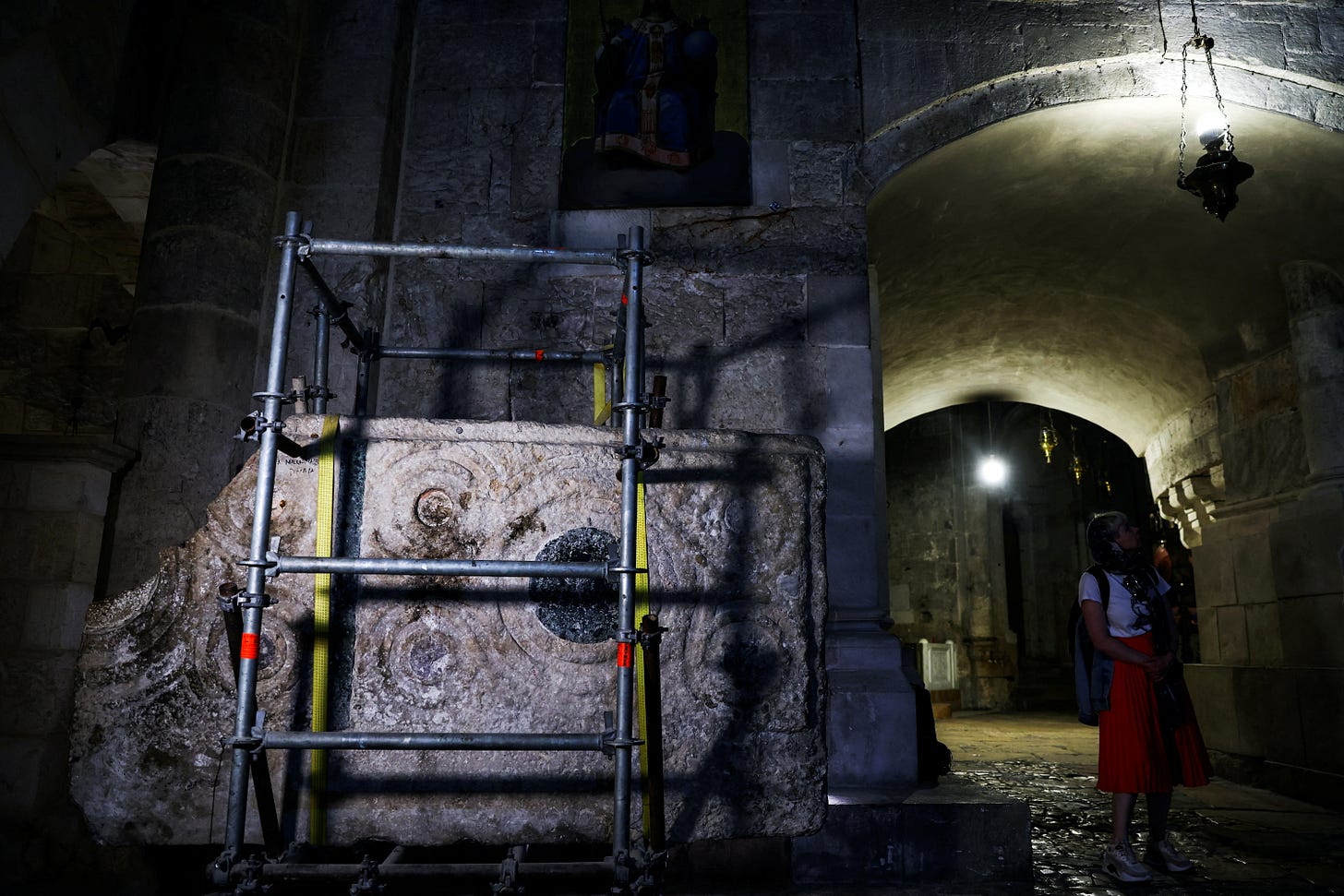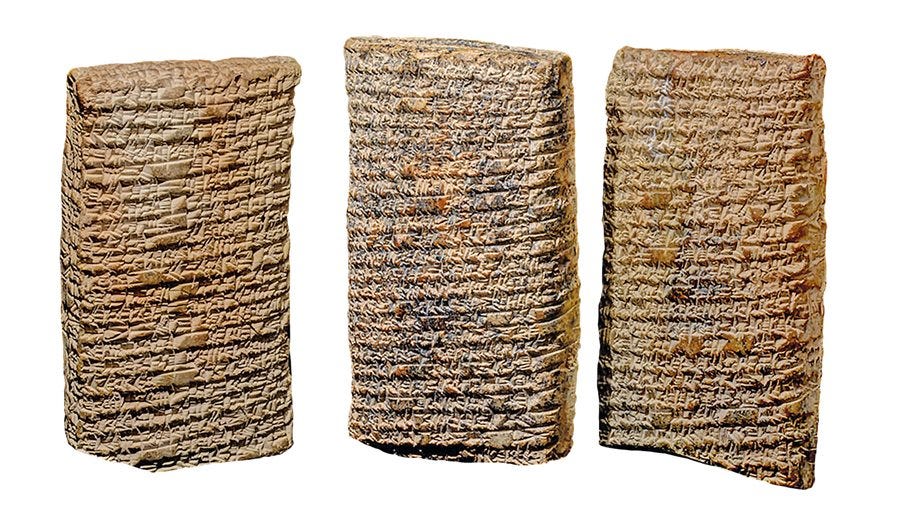Weekly Roundup—May FRIDAY, 13th (Spooky!)
Mercury is in retrograde, there's a blood moon, and its Friday the 13th—gird your loins this weekend! Here are our favorites from the past week.
What Makes Medieval Art So Meme-able?
I am sure you’ve all seen the memes out that featuring Medieval imagery- but what about it makes it so perfect!? One artist, Kenya Robinson thinks it’s because, “The meme is showcasing the fact that we are all peasants.” Others argue its mixing of media- typically religious Medieval content with hyper-contemporary vernacular. The art is removed from modernity which allows us to poke fun without offending anyone. Jordan thinks it’s more about the often ridiculous faces the depicted images have. So easy to meme-ify that. Kara thinks it’s because of all the murdering bunnies…
What do you think? Let us know below.
Goodwill Sold a Bust for $34.99. It’s an Ancient Roman Relic.
This news story made the rounds, but we had to share it as well. What a find?! An antique arts dealer was at Goodwill and spotted this bust believing it to be real. Turns out they were right! It is believed it was brought back to the States post-WWII by a soldier. We all need to spend more time at flea markets. Now everyone go and check your attics and local Goodwills and get to Antique’s Roadshow!
Etruscan Pithos Returned to Italy
More illegally trafficked antiquities are being returned to their home countries—this time from the Getty Villa in Malibu. The Manhattan DA has been working on this case for a while, so it’s good to see some positive outcomes. If you’re interested in the issue of museums and illegally trafficked artifacts, follow Chasing Aphrodite on Twitter (@ChasingAphrodit), check out their blog, and their book Chasing Aphrodite: The Hunt for Looted Antiquities at the World’s Richest Museum for more. Best advice: only get your antiquities from flea markets and not from “legit” dealers….


Church of the Holy Sepulchre's ancient altar rediscovered, researchers say
A stone slab sat forgotten about in the back corner of the Church of the Holy Sepulchre. Now, researchers think that this piece was once part of a Crusader era altar, which would have been decorated with marble and inlaid glass. Think of all the history this stone slab has seen! Kara is definitely on the side of reuse from an even older temple, but she also can’t quite get reuse out of her brain. But how did the stone slab get forgotten about in the corner?

Was Enheduanna the World’s First Author?
Enheduanna, daughter of King Sargon of the Akkad empire, was a prolific writer 4,500 years ago best known for her poems and hymns, such as:
Let me, Enheduanna, recite a prayer to her / Let me give free vent to my tears like sweet drink for the holy Inanna!
But can she be considered the first author? Were her works ‘published’? Who taught her role to write—other women? There is a growing discussion amongst scholars about Enheduanna’s place in the textual tradition. UCLA’s Professor of Assyriology Gina Konstantopoulos weighs in on the debate:
“We’re very fond of firsts,” she says. “So, when we have this named female figure who is—either actually or constructed to be—the first named author, that’s a very compelling image.” But beyond that, she wants everyone to know that as remarkable as Enheduanna is, “the contributions of women in Mesopotamia, and the contributions of women in ancient history, as a whole, is also, in its own right, extraordinary.”
And while all of this is true, it’s important to remember that Enheduanna was placed there by her father Sargon as a way to ideologically infiltrate southern Mesopotamia after his military invasions. Given that context, her poetry takes on a different meaning. How much was authentically felt? How much was her feeling trapped in such a position?

Ancient ‘smellscapes’ are wafting out of artifacts and old texts
How do we reconstruct what the ancient ‘smellscapes’ would have been like? Check the artifacts, of course! Researchers have started using a variety of scientific techniques to recover the chemical signatures of the compounds that were inside items like perfume jars and pottery. Then they can reconstruct what was inside!
But not all smells were good. UCLA’s own Robyn Price was consulted for this article:
Price thinks that, rather than being fixed, values that were applied to scents fluctuated over time. For instance, some ancient texts describe the “marsh,” where fish and fowl flourished, as a place of divine creation, she says. And documents from southern Egypt often spoke negatively about northern Egyptians, perhaps influencing claims that northern marshes stunk of isfet during periods when the two regions were under separate rule.
Kara comments:
Price’s own work on this subject is useful; she points out that the smell of a horse barn, for instance, while full of manure and “bad” smalls, can be instantly joyful to the person who loves to ride. I have to imagine that the smell of the marshland had the same nuanced association for the ancient Egyptians.

Substacks we’re reading:
Men Yell at Me by Lyz
Culture Study by Anne Helen Petersen









